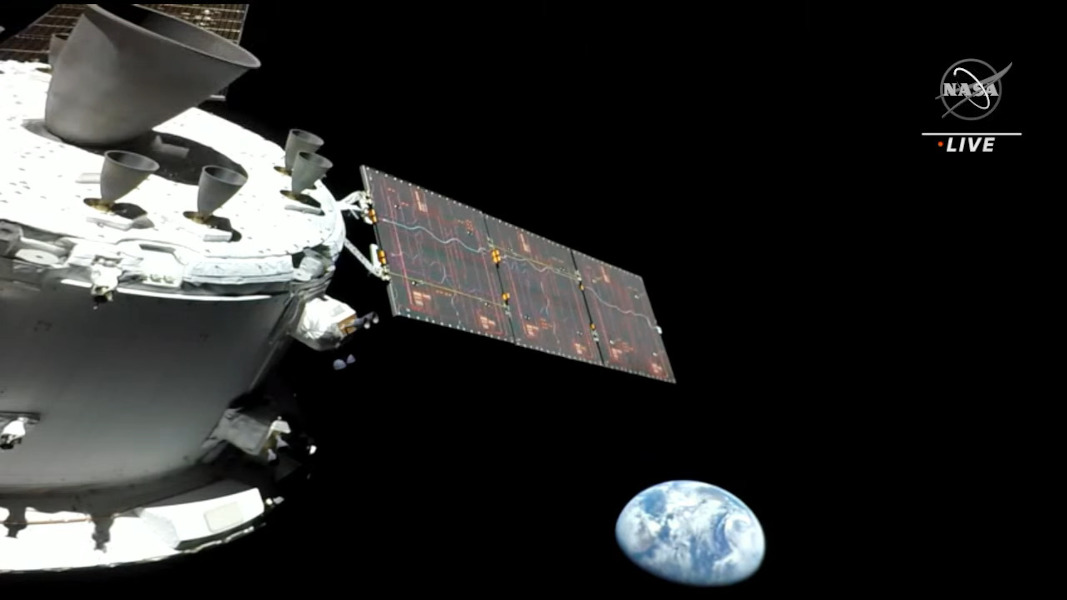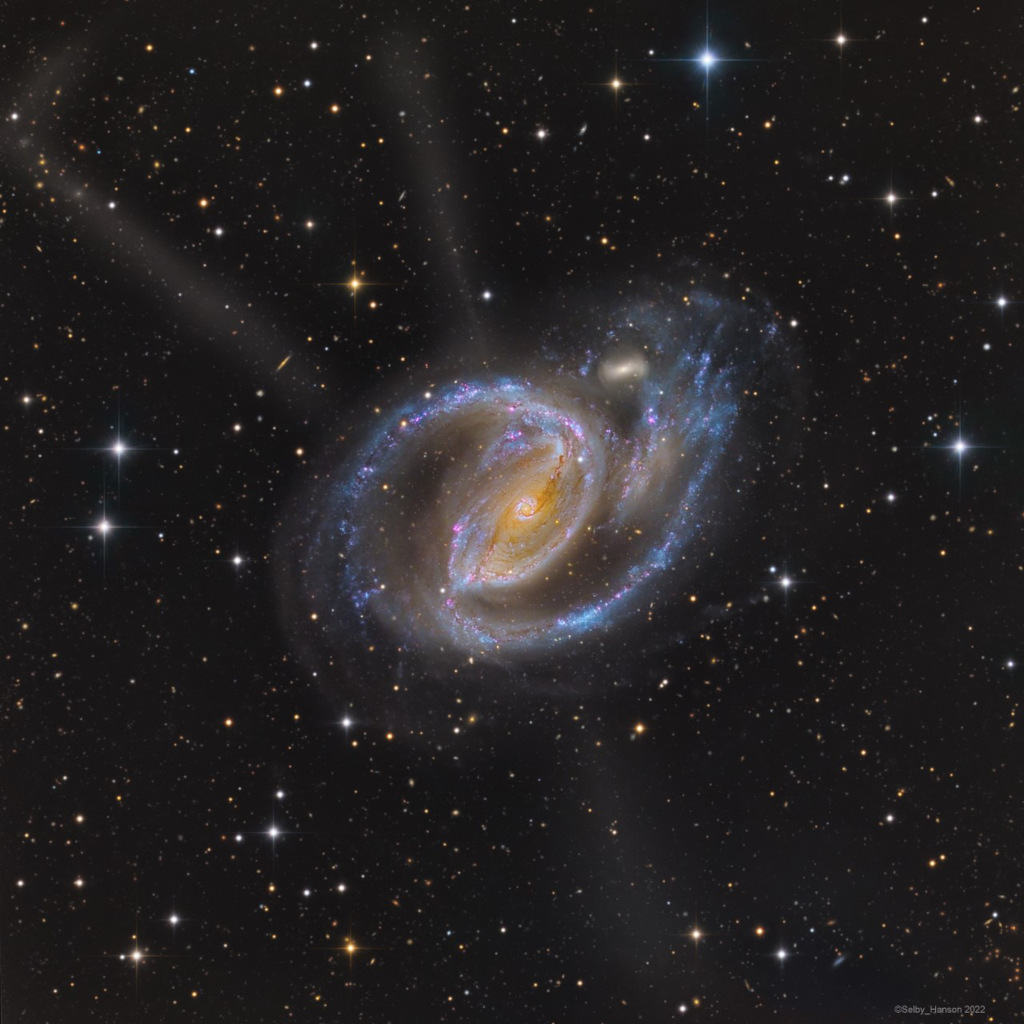NASA will host a news conference at 5 p.m. EST Friday, Nov. 18, from the agency’s Johnson Space Center in Houston to preview Orion’s entry into the Moon’s sphere of influence and the pair of maneuvers that will propel the spacecraft into a distant retrograde lunar orbit.
from NASA https://ift.tt/9z4ltFW
via IFTTT





